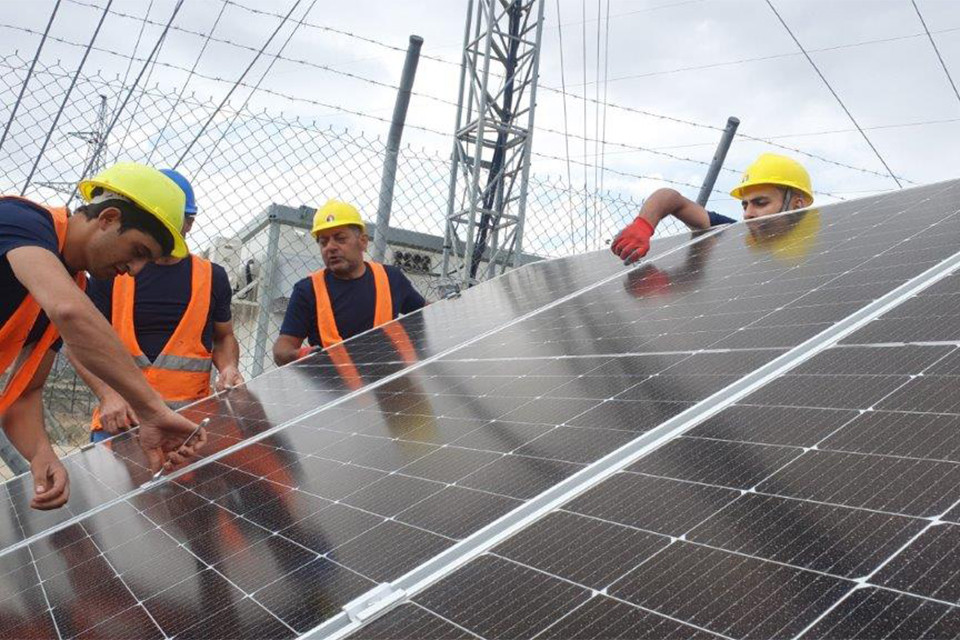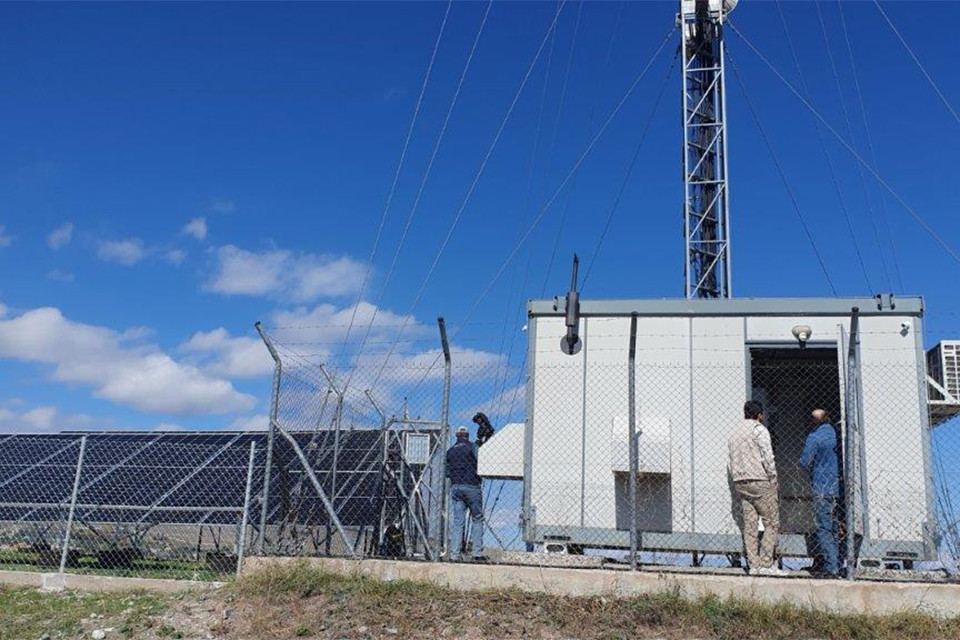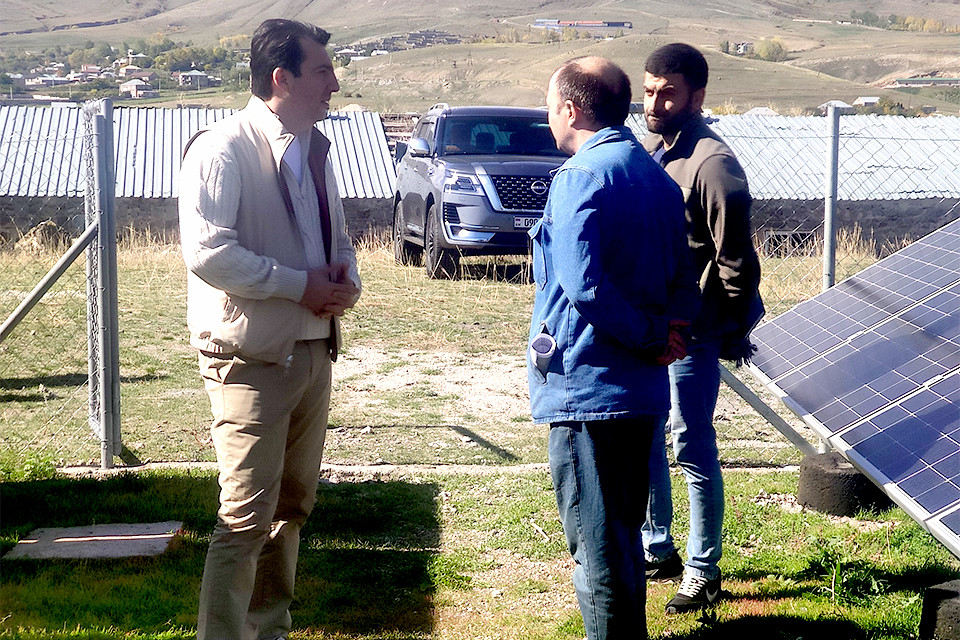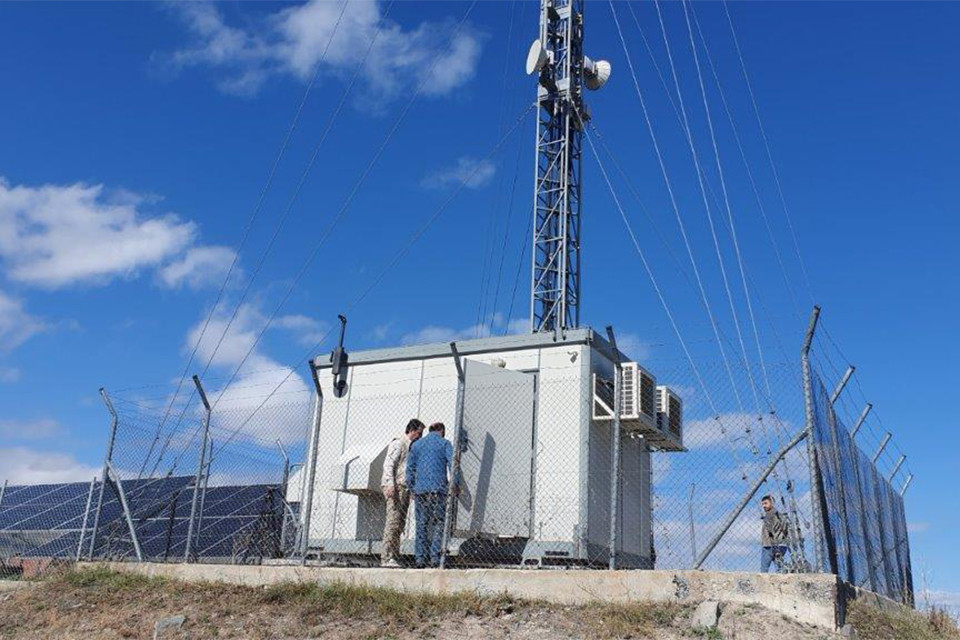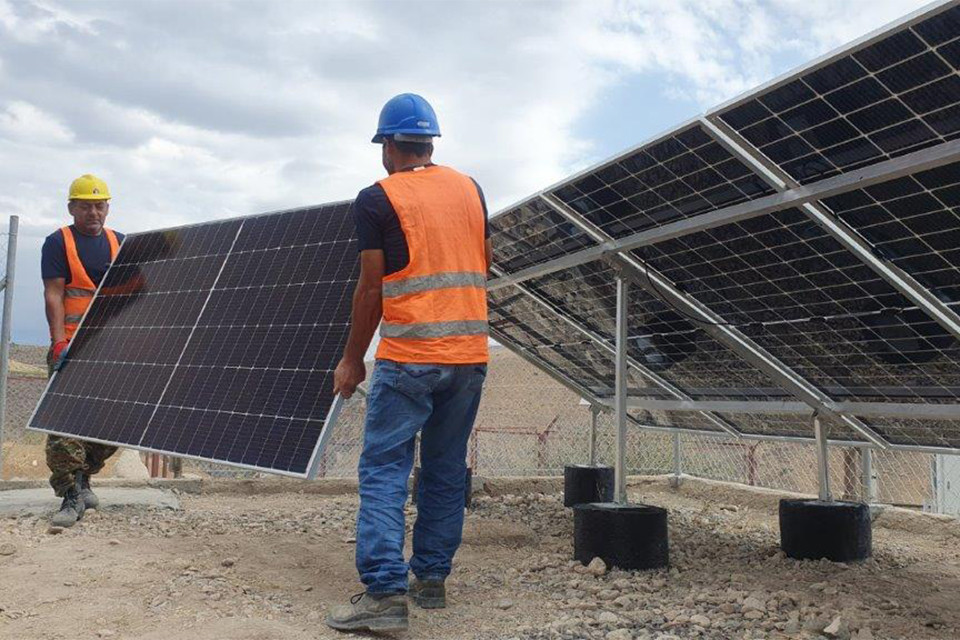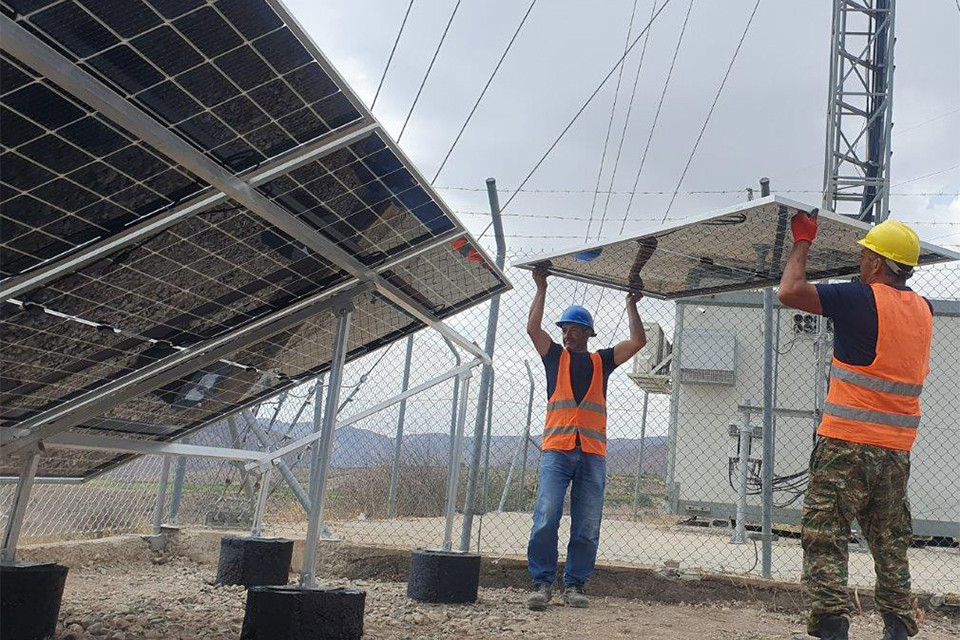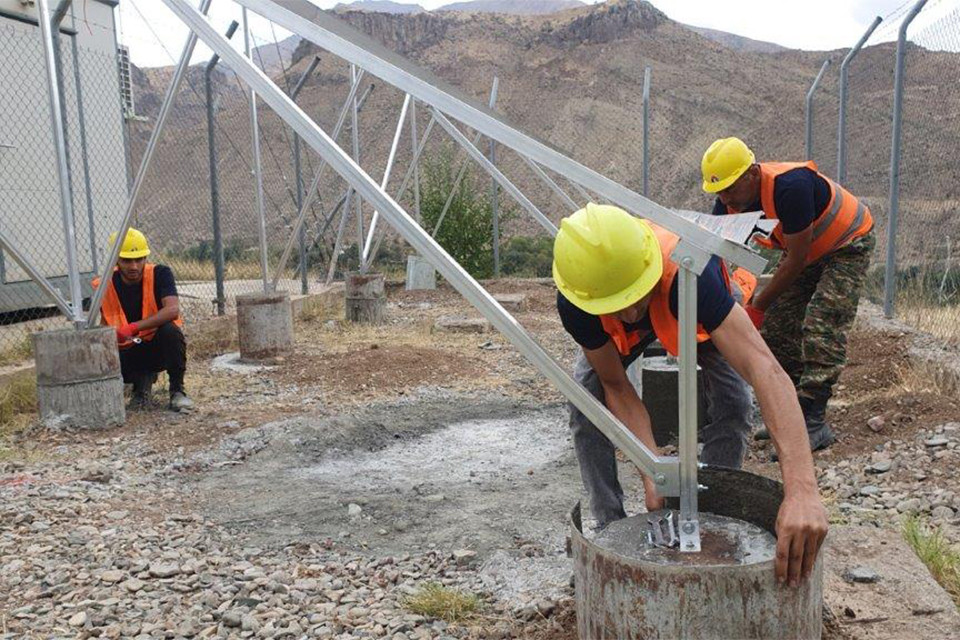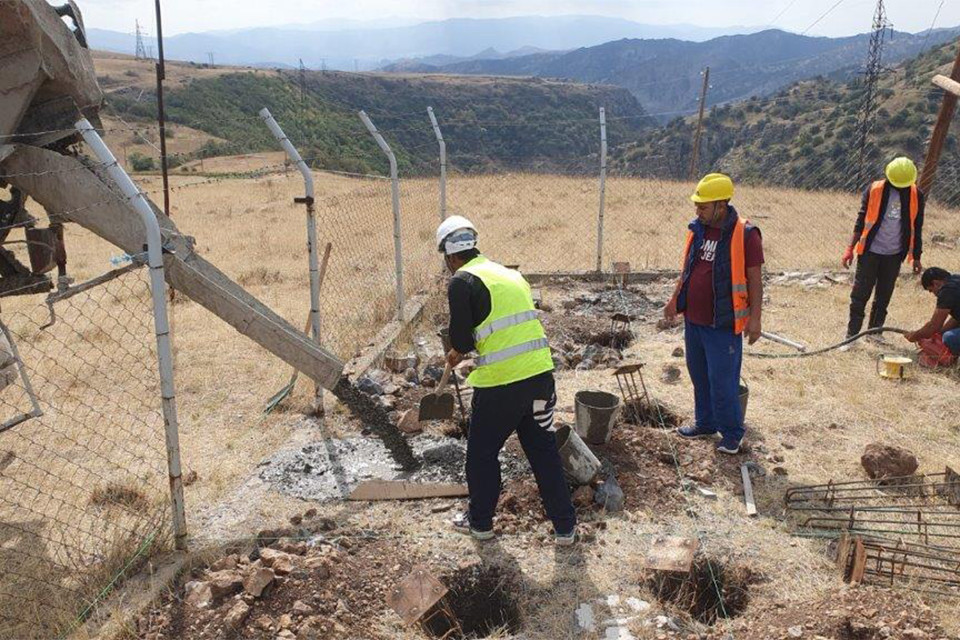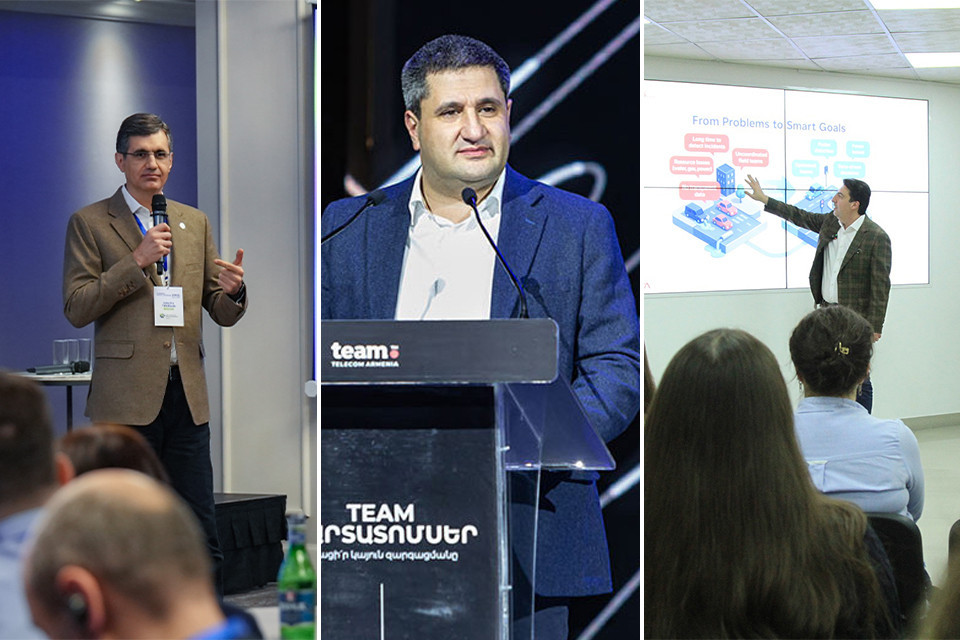10:40 | 13.10.23 | News | 16934
Solar energy in Viva-MTS mobile stations: saving resources and oxygen
Modernization is an ongoing process in Viva-MTS. 4G and 3G networks, as well as the only 5G network in Armenia are continually developing. Yet, in the 21st century, network modernization requires implementing environmental and energy-saving solutions.
Here are the achievements of Viva-MTS in using solar energy:
• In total, by the end of 2023, the use of solar energy will allow to save operational costs equivalent to what would be required to pay for consuming 350,000 kWh of electricity;
• Starting from next year, the solar systems installed at the base stations will produce about 520,000 kWh of electricity, annually. Besides, thanks owing to the use of solar energy, the amount of diesel fuel delivered/used at the base stations are decreasing;
• Annually, Viva-MTS saves about 44,244 liters of diesel fuel. According to internationally recognized standards, 38 photovoltaic solar energy stations contribute to saving as much oxygen as 7460 trees would produce in a year.
In the 21st century, a socially responsible company shall not only create economic value, but also strive to preserve and enhance the environment as much as possible. Viva-MTS employs green technologies for both social projects and for the modernization of mobile communication.
“Viva-MTS has always been committed to the introduction and expansion of solar technologies. The photovoltaic solar system is a crucial element of network modernization, and year after year, we continue to increase the number of base stations powered by solar energy. Solar power is harmless, renewable and has no emissions. Installing photovoltaic solar systems in communication infrastructures is particularly important in areas where centralized power supply is unavailable. Therefore, not only nature is not harmed by solar energy, but also resources are conserved,” said Viva-MTS General Director Armen Avetisian.
In the current year alone, Viva-MTS plans to install photovoltaic solar systems at around 25 base stations in various regions, including border areas, in addition to the 13 similar stations installed in previous years.
The utilization of solar systems holds particular significance in remote settlements where there is no centralized power supply, and in winter, weather conditions often hinder the transportation of diesel fuel to stations. Viva-MTS stations provide mobile communication and Internet access to remote areas, including borderland regions, strategical facilities, as well as transit roads.
Upon the completion of the project, Viva-MTS will have approximately 40 main stations powered by photovoltaic solar systems. In areas where a centralized power supply system is not available, Viva-MTS mainly uses hybrid power supply systems, comprising solar photovoltaic systems and storage batteries. The power supply in base stations equipped with combined systems is performed using solar energy in the daytime; in night hours, charged batteries and in case of necessity, diesel generators, supply the power. Furthermore, some of the main plants powered by solar energy are connected to the centralized power supply system.

17:29 | 24.09.25 | Articles
Jacopo Losso on Cross-Border Investments and Why Armenia Attracts Angels

